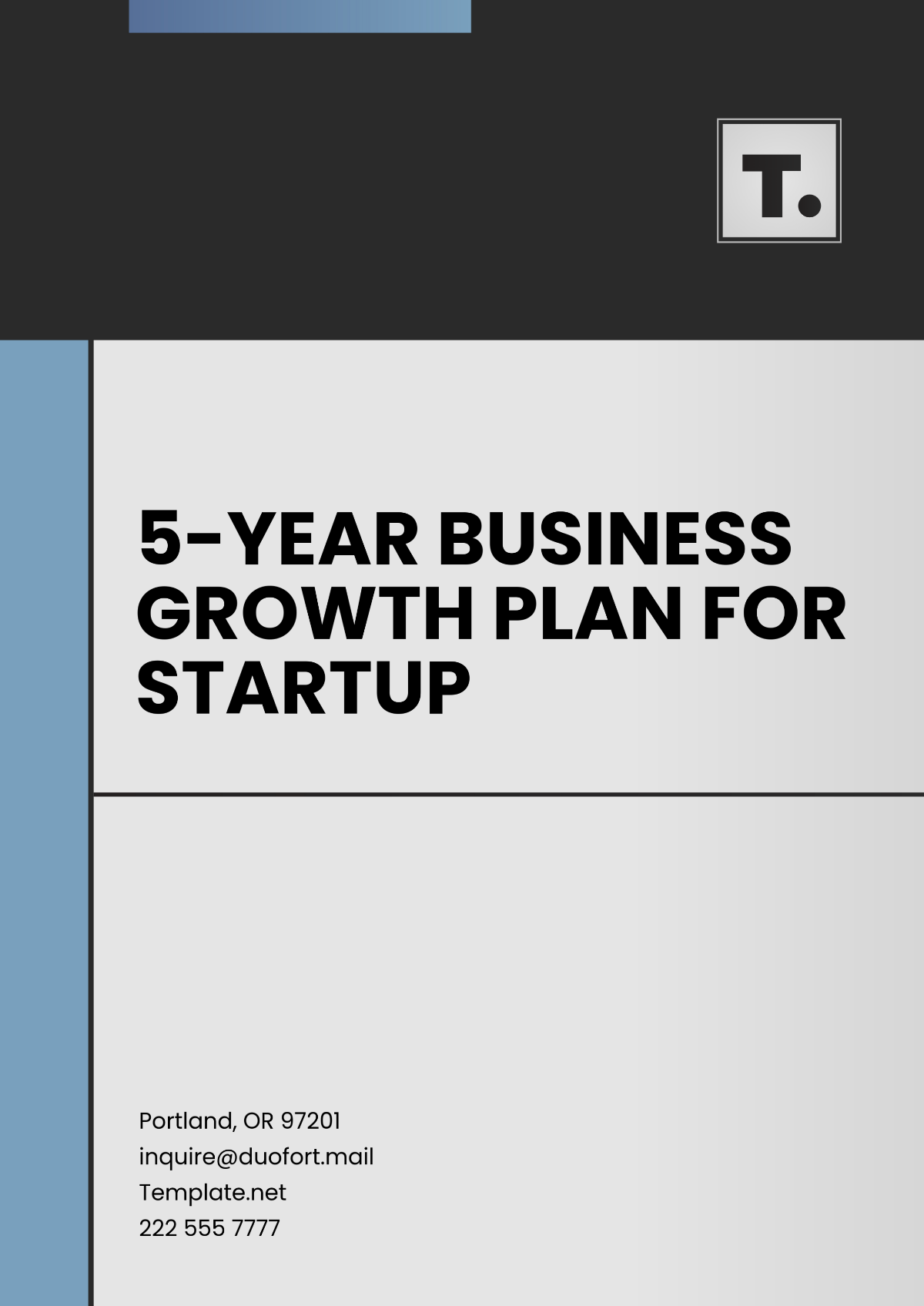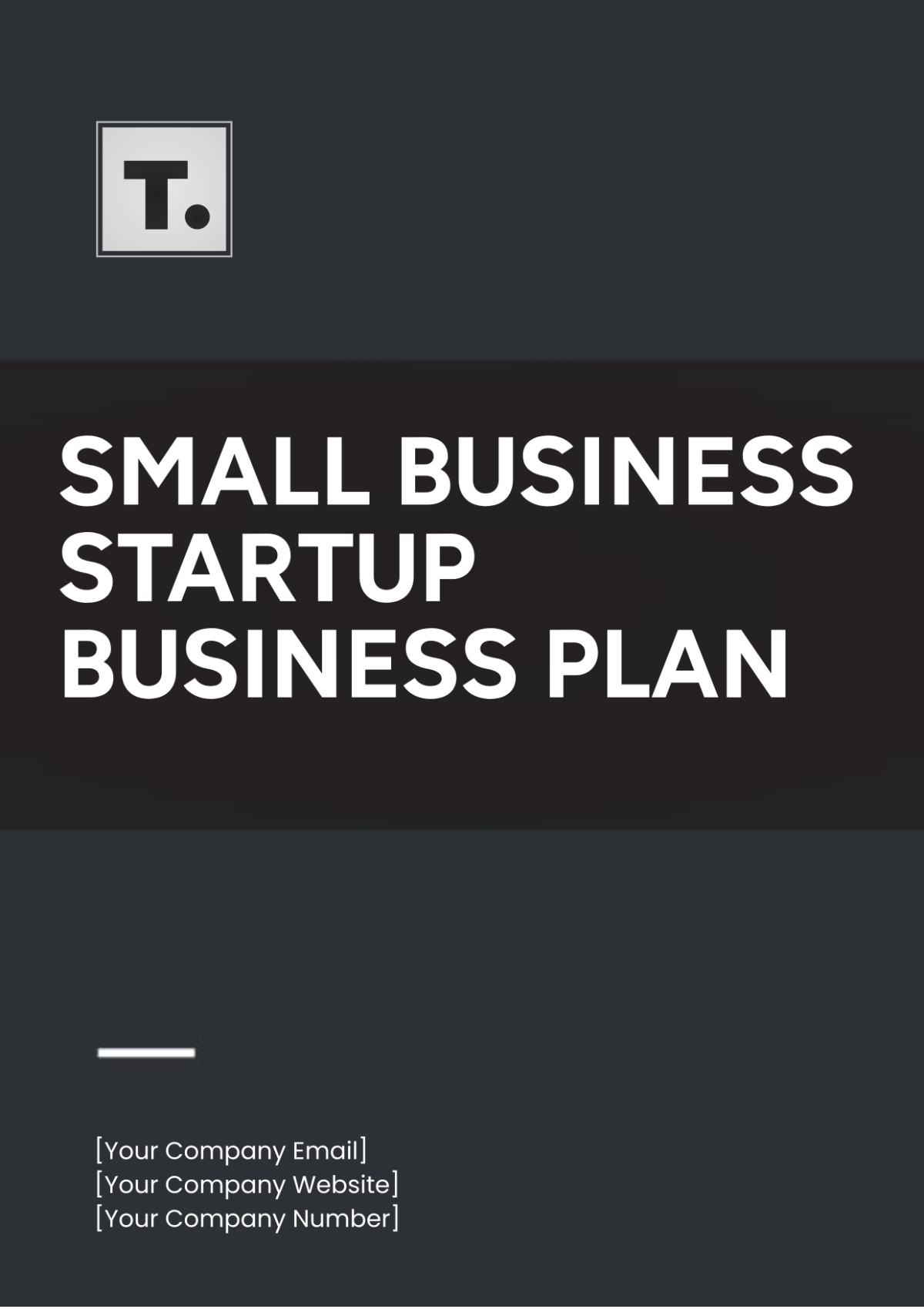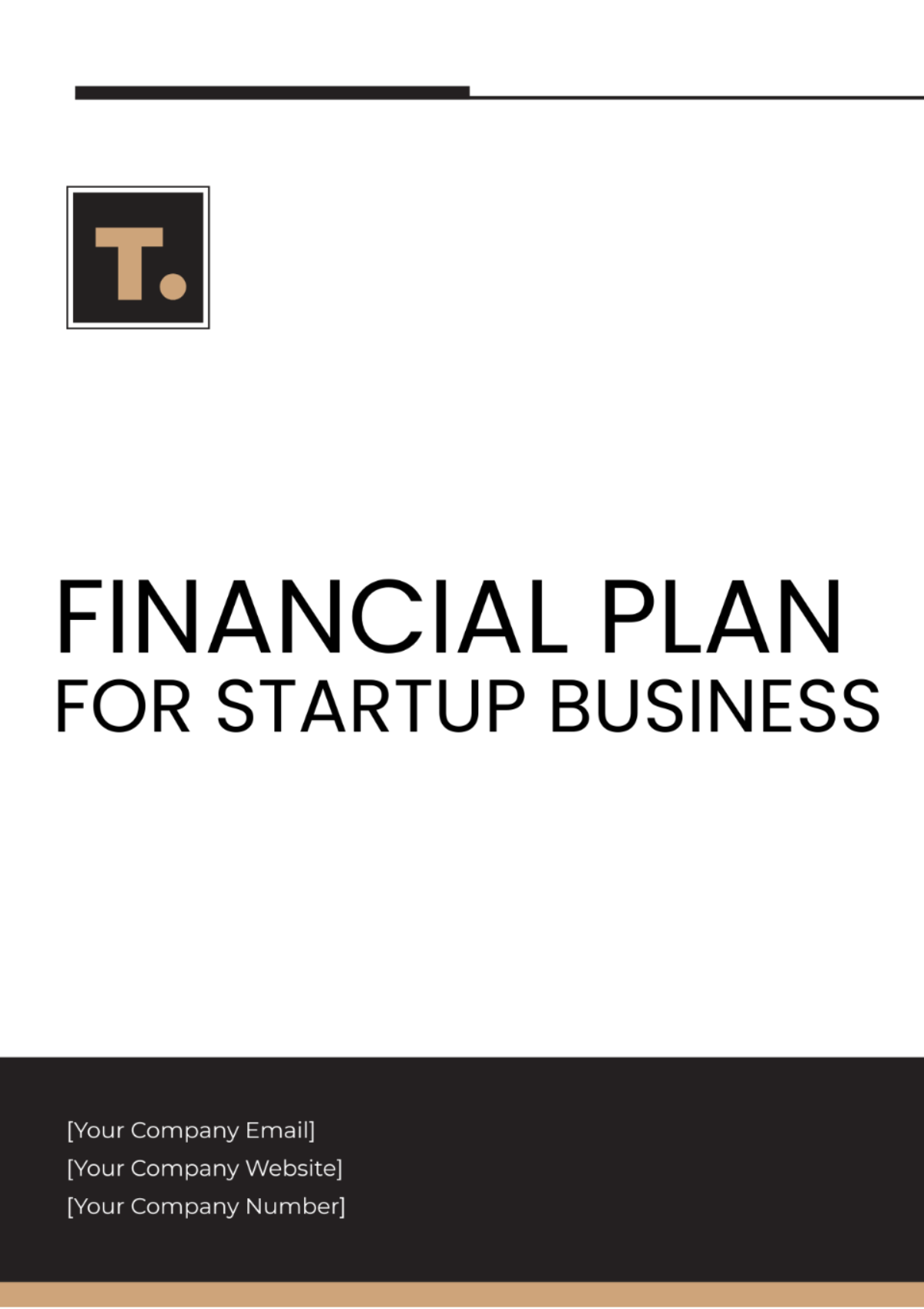Automotive Technology Startup Business Plan
Prepared by: [Your Name]
Company: [Your Company Name]
Date: [Insert Date]
I. Executive Summary
A. Business Objectives
Launch an automotive technology startup focused on providing innovative solutions such as advanced driver-assistance systems (ADAS), electric vehicle (EV) technologies, and vehicle connectivity.
Secure $2 million in funding within the first 12 months to support product development and market expansion.
Develop and launch an initial product line within 18 months, focusing on software platforms and hardware systems for EVs and connected vehicles.
Achieve revenue of $5 million by Year 3 through product sales, licensing, and partnerships with automakers.
B. Mission Statement
Our mission is to revolutionize the automotive industry by developing cutting-edge technology solutions that improve vehicle safety, enhance driving experiences, and support the transition to a sustainable future. We aim to be a leader in the development of advanced automotive technologies, driving innovation in connected, autonomous, and electric vehicles.
II. Business Description
A. Services and Products Offered
Advanced Driver-Assistance Systems (ADAS): Software and hardware solutions to enhance vehicle safety, including collision avoidance, lane departure warning, adaptive cruise control, and automated parking systems.
Electric Vehicle (EV) Technologies: Battery management systems (BMS), charging infrastructure solutions, and energy optimization software for EVs.
Vehicle Connectivity Solutions: Software platforms for vehicle-to-vehicle (V2V) communication, infotainment systems, telematics, and fleet management tools.
Autonomous Vehicle Technology: AI-driven navigation systems, machine learning algorithms for self-driving vehicles, and sensor fusion technology for enhanced autonomous functionality.
Data Analytics for Automotive Applications: Data solutions for vehicle performance monitoring, predictive maintenance, and consumer behavior analysis.
B. Business Location
The startup will be based in a tech-focused metropolitan area with proximity to key automotive manufacturers, suppliers, and potential investors. The office will house the product development team, and we will utilize partnerships with universities and research labs for innovation.
III. Market Analysis
A. Industry Overview
The automotive technology industry is undergoing rapid transformation with increasing demand for connected, autonomous, and electric vehicles. Emerging technologies such as artificial intelligence (AI), machine learning, and the Internet of Things (IoT) are reshaping the industry, creating opportunities for innovation and disruption. The global automotive technology market is projected to grow significantly over the next decade, fueled by advances in vehicle safety, electrification, and connectivity.
B. Target Market
Automotive Manufacturers: OEMs looking to integrate advanced safety, connectivity, and autonomous technologies into their vehicles.
Electric Vehicle Manufacturers: Companies producing electric vehicles that need advanced battery systems, charging infrastructure, and energy management solutions.
Fleet Operators: Businesses with large vehicle fleets, seeking telematics, predictive maintenance, and fleet management solutions.
Consumers: End-users who demand safer, more connected, and environmentally friendly vehicles.
Regulatory Bodies: Government agencies looking for technologies that comply with evolving safety and environmental regulations.
C. Market Trends
Growth of Electric Vehicles: The shift towards electric vehicles is accelerating as governments worldwide introduce stricter emissions standards and consumer demand for sustainable solutions increases.
Vehicle Automation: Advancements in autonomous driving technologies are expected to revolutionize how vehicles operate and interact with their environment.
Connectivity and IoT: Vehicles are becoming increasingly connected, enabling remote diagnostics, predictive maintenance, and enhanced customer experiences.
Sustainability: Consumers and manufacturers alike are embracing technology solutions that promote sustainability, such as energy-efficient EV systems and eco-friendly manufacturing processes.
IV. Competitive Analysis
A. Key Competitors
Tesla: A leader in electric vehicles and autonomous driving technology, with integrated software and hardware solutions.
Waymo: A subsidiary of Alphabet Inc., specializing in autonomous driving technologies.
Mobileye: A pioneer in advanced driver-assistance systems (ADAS) and autonomous driving solutions.
ChargePoint: Leading provider of EV charging infrastructure, specializing in networked charging stations and energy management software.
Nvidia: Known for its AI-driven automotive platforms, including autonomous driving technology and infotainment systems.
B. Differentiation Strategy
[Your Company Name] will differentiate itself by:
Offering modular and scalable solutions that can be customized for different types of vehicles, including both traditional and electric cars.
Integrating cutting-edge AI and machine learning algorithms into all products, ensuring continuous improvement and optimization of vehicle systems.
Providing a full suite of products, from hardware (sensors, battery systems) to software (platforms, analytics), offering an all-in-one solution for automotive manufacturers.
Prioritizing sustainability by developing technologies that reduce energy consumption and promote green energy solutions.
V. Business Structure
A. Ownership
[Your Company Name] will be structured as a Limited Liability Company (LLC) to provide liability protection while offering flexible management and ownership options.
B. Management Team
CEO/Founder: Responsible for the overall vision, strategy, and growth of the company, as well as fundraising and partnerships.
CTO/Head of Technology: Oversees product development, R&D, and the integration of new technologies into the product offerings.
VP of Product Development: Manages the development and implementation of automotive technology products.
COO/Head of Operations: Ensures operational efficiency, supply chain management, and day-to-day business activities.
CFO/Head of Finance: Manages financial planning, investor relations, and budgeting.
Marketing Director: Develops and executes the marketing strategy, including product launches, brand awareness, and customer acquisition.
VI. Marketing Strategy
A. Key Marketing Channels
Industry Conferences and Trade Shows: Participating in major automotive and technology events to showcase our products and attract partnerships.
Digital Marketing: Utilizing search engine optimization (SEO), social media campaigns, and online advertising to raise awareness of the brand and generate leads.
B2B Sales Teams: Building relationships with automotive manufacturers, fleet operators, and tech companies to drive product adoption.
Content Marketing: Publishing thought leadership content, case studies, white papers, and blog posts to position the company as an expert in automotive technology.
Partnerships: Collaborating with automotive OEMs, tech companies, and government agencies to expand the reach and credibility of the business.
B. Pricing Strategy
Product Licensing: Offering a subscription-based pricing model for software platforms, with tiered pricing based on the size and needs of the client.
Hardware Sales: Sell advanced sensors, battery management systems, and vehicle connectivity modules at competitive prices with volume discounts for larger orders.
Custom Solutions: Providing custom solutions to manufacturers and fleet operators based on specific requirements and operational needs, with tailored pricing for each engagement.
C. Customer Loyalty and Retention
Long-Term Partnerships: Developing long-term relationships with automakers and fleet operators through customized solutions and continuous product support.
Service Contracts: Offering maintenance and software upgrade contracts to ensure customer satisfaction and long-term engagement.
Referral Programs: Providing incentives for existing clients to refer new business partners.
VII. Operational Plan
A. Facility Requirements
Office Space: A 10,000 sq. ft. office and lab facility equipped with R&D labs, meeting rooms, and workstations for product development teams.
Manufacturing Partnerships: Establishing relationships with third-party manufacturers for hardware production and assembly of vehicle sensors, batteries, and other physical components.
Testing and Certification Facilities: Access to testing labs and certifications for safety and regulatory compliance of our products.
B. Technology and Equipment
R&D Equipment: Advanced development tools for vehicle testing, machine learning model development, and hardware prototype creation.
Product Prototyping: Facilities for creating and testing automotive hardware components such as sensors, battery systems, and infotainment systems.
Software Development Tools: Licenses for software development tools, cloud infrastructure, and data analytics platforms for vehicle connectivity and AI algorithms.
C. Staffing
R&D Engineers: A team of engineers specializing in automotive technology, AI, and machine learning.
Product Managers: Responsible for overseeing product development, ensuring alignment with customer needs and market trends.
Sales and Marketing Team: A sales team focused on B2B relationships with OEMs, fleet operators, and tech companies, along with a marketing team promoting brand awareness and product adoption.
VIII. Financial Plan
A. Startup Costs
Research and Development: $800,000 for initial product development and prototyping.
Office and Facility Setup: $200,000 for office space, lab equipment, and technology infrastructure.
Marketing and Sales: $150,000 for initial marketing campaigns, trade show participation, and sales team expansion.
Legal and Licensing: $50,000 for patents, licensing agreements, and regulatory compliance.
Working Capital: $250,000 to cover initial operational costs.
B. Revenue Streams
Product Licensing: Subscription fees for software solutions and platform access.
Hardware Sales: Sales of sensors, batteries, and other automotive components.
Consulting and Custom Solutions: Offering tailored solutions and consulting services to automotive manufacturers and fleet operators.
C. Revenue Projections
Year 1: $1 million in revenue, driven primarily by licensing software platforms and selling hardware prototypes.
Year 2: $4 million in revenue as products move from prototype to full-scale production and deployment.
Year 3: $8 million in revenue as the company secures multiple partnerships with OEMs and expands its product offerings.
D. Break-Even Analysis
The company is projected to break even by the end of Year 2, with steady revenue growth from licensing and hardware sales, alongside the expansion of partnerships with major automotive manufacturers.
E. Funding Requirements
The company is seeking $2 million in initial investment, which will be used for R&D, marketing, operational expenses, and scaling the team.
IX. Risk Analysis
A. Market Risks
Regulatory Changes: Stringent safety regulations and government policies can impact product development timelines.
Economic Downturns: A global economic slowdown could reduce demand for automotive technology solutions.
B. Operational Risks
Supply Chain Disruptions: Disruptions in the supply chain for hardware components could delay product launches.
Technology Integration: Ensuring seamless integration of products with existing automotive systems and infrastructure.
C. Mitigation Strategies
Diversified Product Portfolio: Developing a diverse range of products to reduce reliance on a single market segment.
Strategic Partnerships: Building strong relationships with suppliers and OEMs to secure the supply chain and ensure market adoption.
X. Conclusion
[Your Company Name] is poised to become a leader in automotive technology by developing innovative solutions that enhance vehicle safety, performance, and connectivity. With a skilled team, a strong product offering, and a focus on sustainability, we are confident in our ability to succeed in this rapidly evolving industry.









































